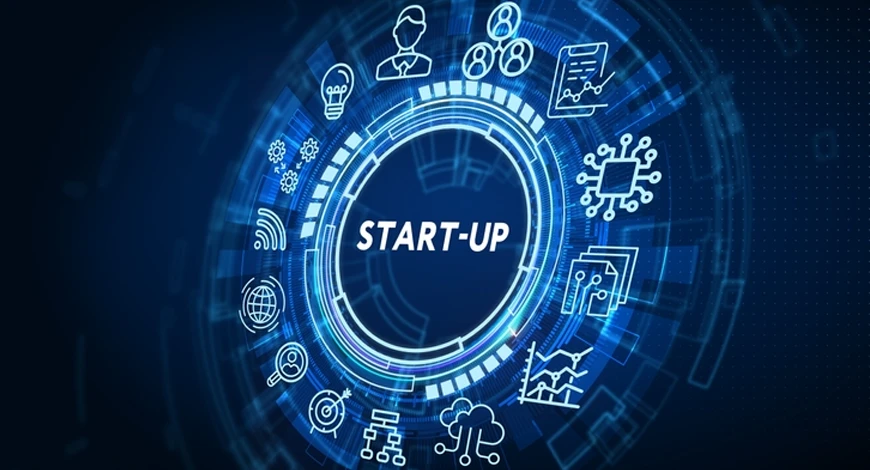The Contribution of Enterprise Software to Digital Business Solutions
Today, staying competitive depends on enterprise software platforms that streamline processes, unlock data visibility, and accelerate innovation. When selected wisely and governed well, these platforms deliver measurable value on the digital transformation journey, cut operational costs, and elevate end-to-end customer experience. This article explores how enterprise software powers digital business solutions—from architecture and security to integration and talent.
The Strategic Role of Enterprise Software
Enterprise platforms are no longer mere tools; they are the backbone of growth strategy. ERP, CRM, HCM, and industry solutions standardize data flows across the value chain. With data analytics and business intelligence, organizations make real-time decisions. Thanks to cloud computing, scalability and flexibility improve, while devops culture accelerates releases and shortens the innovation loop.
Outcome Over Output
- Cost optimization and operational excellence
- Acquisition, loyalty, and omni-channel experience
- Regulatory compliance and cybersecurity resilience
- AI-powered speed in product/service innovation
Architectural Approaches: Flexibility and Speed
Modern enterprise architectures are microservices-based, event-driven, and API-first. This enables independent scaling and autonomous teams. Container orchestration, CI/CD pipelines, and observability guarantee performance and reliability.
The API Economy
API management unites speed, security, and governance. Developer portals, key management, rate limiting, and analytics form the foundation of safe third-party integrations—enabling new business models to go live faster.
Agility with Low-Code/No-Code
low-code/no-code platforms let business teams ship prototypes quickly within an IT-governed framework. Citizen developers accelerate improvements, reducing time-to-value.
Data, Analytics, and AI
Enterprise software continuously feeds data lakes and warehouses. Strong data governance ensures quality and lineage. Machine learning models deliver tangible results in demand forecasting, dynamic pricing, fraud detection, and recommender engines.
Real-Time and Edge
Streaming architectures enable low-latency decisions. With edge computing, on-site analytics run at factories, stores, or IoT devices—minimizing bandwidth and latency.
Process Automation and Efficiency
RPA and workflow automation standardize rule-based tasks. Process mining uncovers how work truly flows and reveals bottlenecks. Automation reduces costs and errors, boosting customer satisfaction.
The Improvement Loop
- Discover: process mining and data exploration
- Design: Human-centered UX and lean flows
- Automate: RPA, iPaaS, rules engines
- Measure: outcomes via KPI and OKRs
Customer Experience and Front-End Architectures
Modern front ends follow headless and composable patterns decoupled from the back end. Unified customer profiles via CDP and CRM power personalization and segmentation. Omni-channel touchpoints become consistent.
Momentum in Marketing and Sales
marketing automation, lead scoring, and sales enablement tools ensure a coherent value proposition across channels. A/B testing and experimentation platforms accelerate learning.
Cybersecurity and Compliance
zero trust architecture centers on identity-driven protection. IAM, MFA, SSO, privacy, and data masking support both compliance and continuity. With SIEM and SOAR, response times shrink.
Resilience and Continuity
- Redundancy and multi-region deployments
- DRP/BCP exercises and automated failover
- Patching, vulnerability scans, and SBOM tracking
TCO and ROI
Beyond licensing and infrastructure, decisions must weigh value velocity and risk reduction. cloud computing optimizes TCO via elastic capacity and pay-as-you-go models.
Measurable Wins
- 20%+ faster launches (devops & automation)
- Up to 30% inventory cost drop (demand forecasting)
- Higher basket size (personalization & recommenders)
- Lower call volumes (intelligent assistants)
Change Management and Talent
Technology succeeds with strong change management. Executive sponsorship, clear roadmaps, training, and centers of excellence sustain benefits. Talent strategy must include devops, ML ops, and cloud architecture.
Governance and Operating Model
A product-centric organization and platform engineering balance speed with safety. Metric-driven management (flow efficiency, deploy frequency, MTTR) sustains performance.
Industry Scenarios
In manufacturing, MES and IIoT; in retail, headless commerce; in financial services, regtech and risk analytics—all showcase enterprise software’s impact. In public sector and healthcare, stringent requirements elevate zero trust and data sovereignty.
Path to Success
- Current-state and maturity assessment
- Prioritization by value streams
- Quick wins + scalable platform
- Continuous improvement and retrospectives
Enterprise software is the nervous system of digital business solutions. When coupled with sound architecture, robust security, and data-driven practices, organizations turn uncertainty into advantage. digital transformation is not a project—it is a discipline of continuous learning and value creation.
-
 Gürkan Türkaslan
Gürkan Türkaslan
- 6 October 2025, 17:40:18
 English
English



